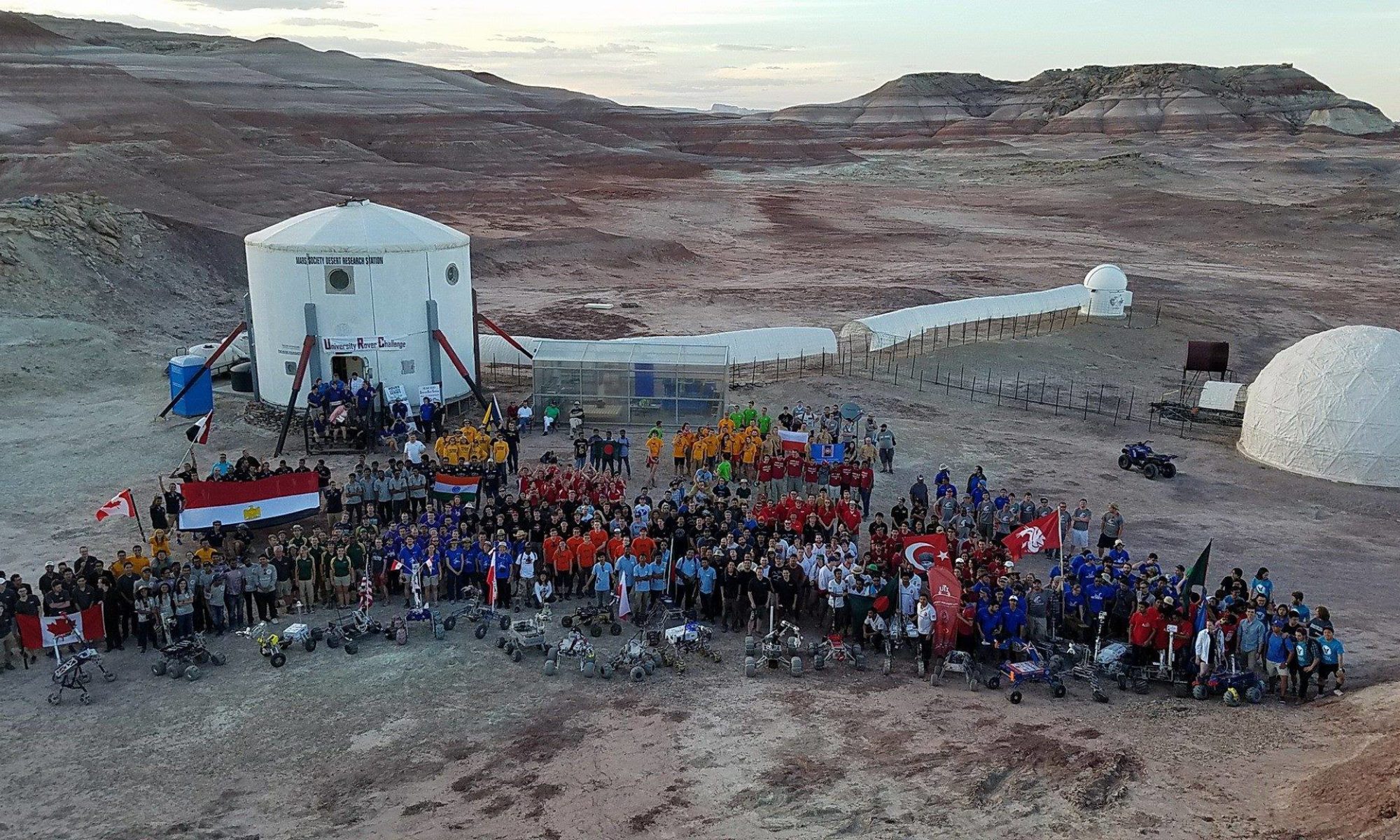Crew 240 EVA Report 14-02-2022
EVA #15
Author: François Vinet
Purpose of EVA: taking drone shots of specific areas in Moon Overlook.
Start time: 9:40
End time: 12:36
Narrative: We firstly changed the batteries of our experiments (LOAC, Weather station, Wind mill). This took approximately 20 minutes because of small problems. Then we drove to Moon Overlook (approximately 15 minutes) and walked a little bit among the Yellow Moon and to the Snake River. Everything went right and the drone shots are amazing. Before going back to the Hab, we freed a mouse but it directly hid in the wheel of a rover and we couldn’t remove it from there. Too bad…
Destination: Moon Overlook
Coordinates (use UTM NAD27 CONUS): 516500, 4254500
Participants: François Vinet, Marion Burnichon, Pierre Fabre, Julie Levita
Road(s) and routes per MDRS Map: Cow Dung Road 0110, Brahe Hwy 1572, Brahe Hwy 1575
Mode of travel: by rover and by foot

